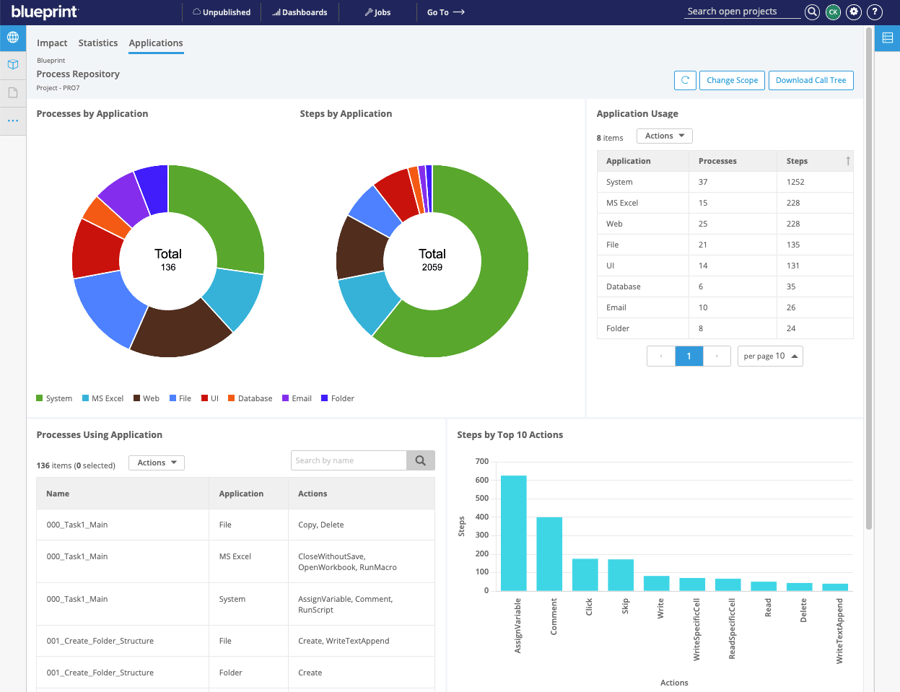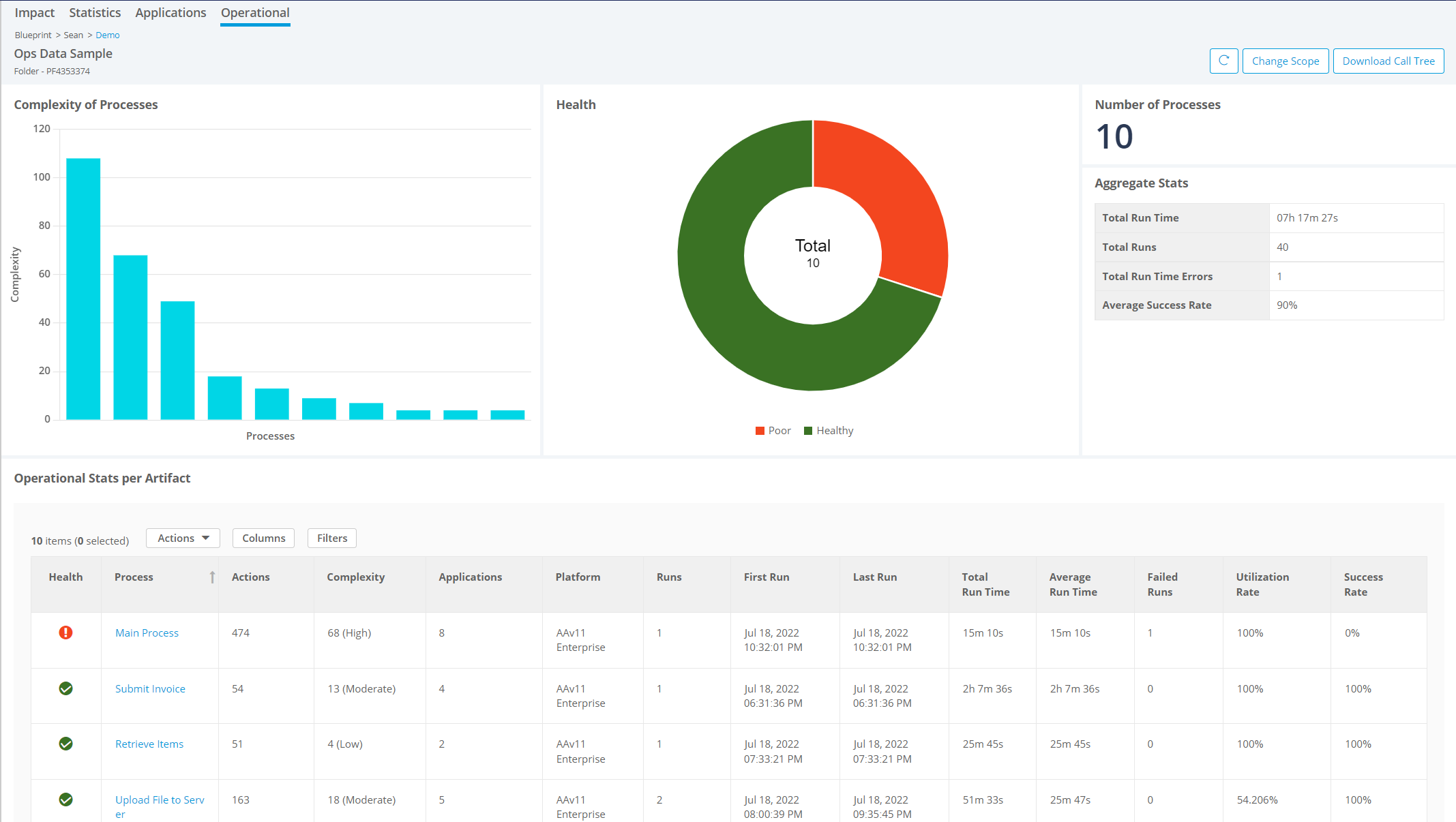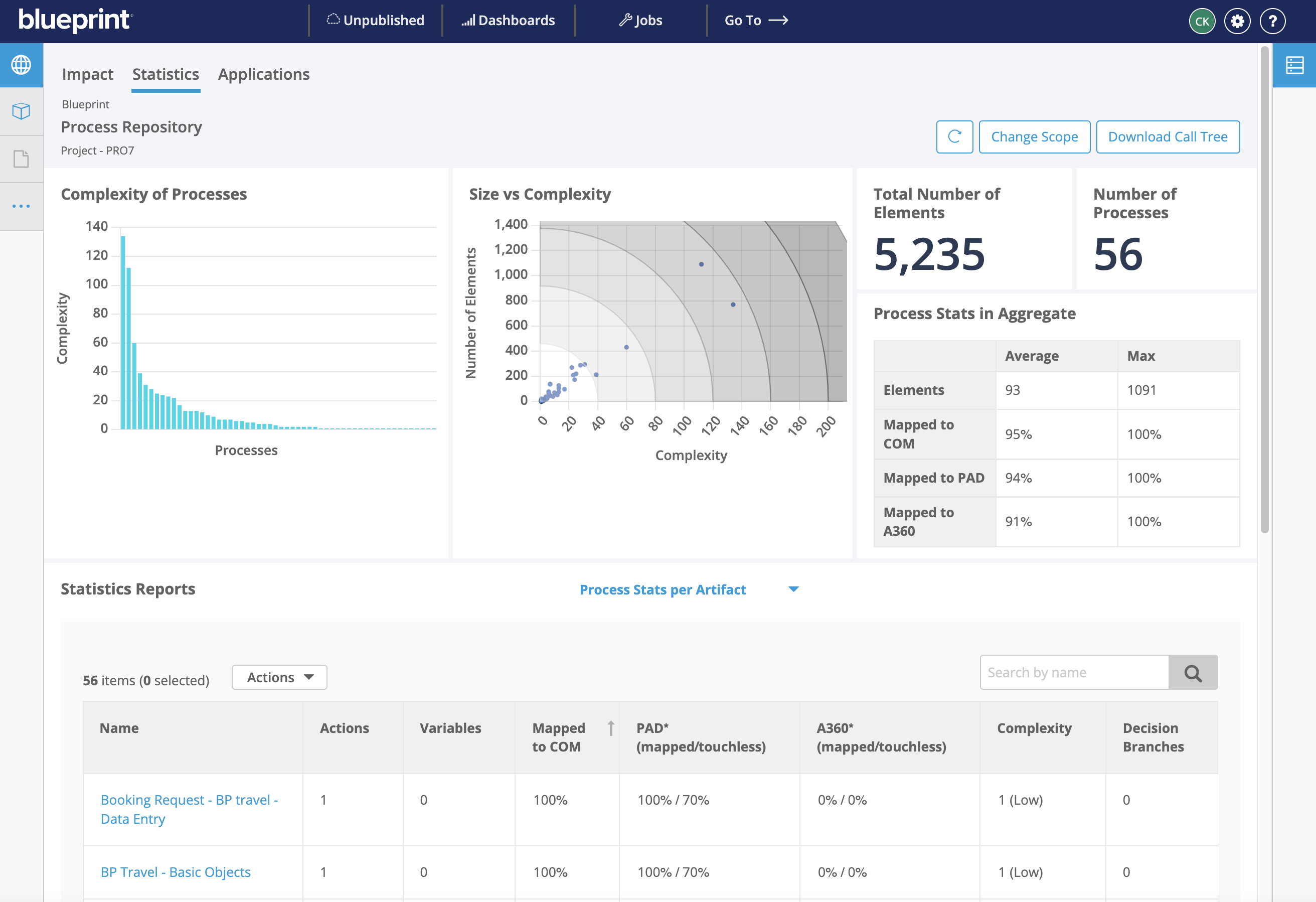5 Tips on How to Assess your Automation Estate
The automation space finds itself in a bit of flux. Countless organizations are looking to move their automation estates from the legacy RPA tools they started their journey on, onto next-generation intelligent automation platforms that reduce the total cost of ownership and enable end-to-end automation of complete business processes.
Yet in the rush to leverage better features, capabilities, and compatibility with their existing enterprise architecture, companies are missing the opportunity to assess and improve their automation estates before switching RPA solutions.
Organizations usually look at migrating their portfolio of automations as a lift-and-shift motion. They fail to use it as an opportunity to complete an automation assessment and clean out what’s not working, eliminate redundancies, and optimize automations to get a handle on what they actually have, increase returns, and maximize uptime.
When Value Mapping automation estates, on average, 30% of an organization’s automations have inefficiencies and are redundant. If you’re just moving those to a new RPA platform, you port over all that waste. For an organization that spends $1 million on maintaining their automation practice, that’s $300,000 you could be saving if you assessed your automation estate.
If you’re wondering how to complete an automation assessment, here are 5 steps and tips to help you along the way.
5 Steps to Completing an Automation Assessment
#1 - Understand What You Have in Your Automation Estate
One of the biggest challenges organizations are facing with their RPA programs is that they don’t actually know what automations they have in production.
Most companies implemented automation 2, 3, 4, or even 5 years ago on legacy tools. The outdated documentation that supported those automations are either no longer relevant or have been lost. Moreover, the people that designed and developed those automations might have left as a result of turnover, taking that knowledge with them.
Therefore, the first step in assessing your automation estate is consolidating all your automations in one place to get a clear visualization of what you actually have in your portfolio.
#2 - Identify the Complexity of Your Automations
The next step to assessing your automation estate is identifying how complex your automations are. How many elements do your automated processes have? How many actions, variables, decision branches, and includes?
Once you’ve been able to get a clear picture of how complex your automations are, you’ll want to scrutinize if that complexity is warranted. Complexity increases risk and the potential for downtime which comes with costly investigations and mandatory maintenance. Can those automations be simplified and have unnecessary complexities removed to ensure quality and maximum uptime?
#3 - Evaluate Your Application and System Dependencies
Naturally, automations are layered with dependencies. Your automated processes interact with a myriad of systems and different applications. Often, it's changes to these applications and systems that lead to errors and downtime, resulting in the heavy maintenance effort that drains business value delivered from automation.
When assessing your automation estate, it’s vital that you identify how many and which applications and systems your automations interact with. This enables you to limit errors and outages downstream when those dependencies change because of something as subtle as a version upgrade that might move a field in the UI that can cause an automation to break.

#4 - Isolate Where There is Waste and Redundancy
When you have a clear visualization of all your automations, only then can you identify what it is that they do. As we mentioned earlier, 30% of automation estates are redundant. Because of a multitude of factors, there are automations or at least components of them doing the same thing, costing you money in licensing fees, maintenance, and utilization. Part of an automation assessment is identifying where that waste and redundancy exists and eliminating it.
The other part is identifying which automations are no longer delivering the business value that warrants keeping them in production. For example, in one case, we helped a customer identify an automation in its estate of more than 300 that was costing them $1 million to maintain but only delivering $300,000 in business value. The logical conclusion was to retire that automation and eliminate the $700,000 loss.
#5 - Review the Feasibility of Migrating and Re-platforming
While there is clearly cost-saving value in performing an automation or value map assessment to regain control and visibility of your automation estate, it’s also used as the preliminary step before migration or re-platforming.
It’s an inefficient practice to simply redeploy waste and resource-stifling automations. Equally as important is evaluating the feasibility of where it makes sense to move your automation estate to. Migration and re-platforming projects can get easily out of hand, dragging timelines and inflating costs in the process. Analytics that indicate how much of your automation estate is already compatible with your destination RPA platform enables you to plan your migration in a predictable, systematic way.
And that’s exactly what Blueprint does for you.
Blueprint ingests entire automation estates from your legacy RPA tool and provides instant analytics in the form of an automation or value map assessment with data that includes:
- The complexity of your automations
- How many applications your automations interact with, in addition to the actions, variables, and decision branches of each process.
- As well as operational data for the automation such as:
- Runs
- Last time run
- Number of issues
- Utilization
- Success rates

In the background, Blueprint converts and maps those automations into the leading RPA platforms, providing the percentage of each automation that is already compatible with a series of destination tools so you can make the best, most informed decision that will maximize the business value you gain from your switch.

Want to learn more about automation assessment? Download the Blueprint Automation Re-platforming brochure for all the details on how to assess your automation estate and make your RPA solution switch as quick and cost-effective as possible.
Share this
Recent Stories

What is Automation Anywhere Automation 360: Everything You Need to Know

Simplify the Automation Anywhere V11 to A2019 Migration with Blueprint


